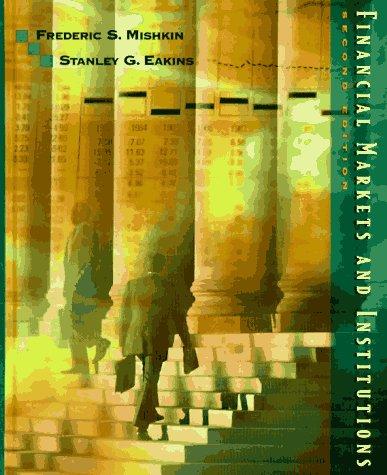Question
Question Background AKA is a company working in the technology industry which, after having researched the market for gizmos, is now ready to launch a
Question Background AKA is a company working in the technology industry which, after having researched the market for gizmos, is now ready to launch a new product.
Depending upon the success of this product, AKAs cash flows next year will be: $80 million $120 million $190 million, with each alternative outcome being equally likely.
Due to the nature of the proposed product, the above-projected cash flows are unrelated to the state of the economy (i.e. the risk from the project is diversifiable). This implies that the project has a beta of 0.
The yield to one-year government (risk-free) bonds is currently 5%. There are no frictions in capital markets except for default costs. Assume that in the event of default, 15% of the market value of AKAs assets will be lost in bankruptcy costs. Finally, assume for simplicity that after next year the company will produce no cash flows.
Questions:
1. Compute the market value of AKAs unlevered equity. Assume it has 5.6 million shares of stock outstanding: what is the stock price of the unlevered company?
2. Suppose now that AKA issues zero-coupon debt with a $110 million face value due next year and uses the proceeds to buy back equity.
a) Given the above cash-flows, is AKA able to pay back its debtholders independently of the success of its new product? If not, what is the maximum amount that debtholders can expect to recoup in case of bankruptcy?
(b) What is the value of AKAs debt and equity once debt is issued? What is AKAs market value?
(c) What is the present value of AKAs bankruptcy costs?
(d) Write the company's market value balance sheet (i) after the leveraged recap is announced and (ii) after the shares are repurchased.
3. When we discussed the value-creating effects of a levered recapitalization in the presence of taxes, we argued that (i) this generates a capital gain due to the portion of earnings that debt allows to shield from corporate taxes and (ii) that such capital gain will be reflected in the companys stock price according to the following rule: PNEW =POLD+VNEW VOLD, NOLD where POLD and PNEW denote respectively the companys stock price before and after the recapitalization, VOLD and VNEW the market value of the companys assets before and after the recapitalization, and NOLD the number of shares outstanding before the recapitalization. Based on the above formula and the results you obtained in point 2 above:
(a) What is the share price following the announcement of the repurchase?
(b) Do shareholders benefit from the levered recapitalisation? Explain
Step by Step Solution
There are 3 Steps involved in it
Step: 1

Get Instant Access to Expert-Tailored Solutions
See step-by-step solutions with expert insights and AI powered tools for academic success
Step: 2

Step: 3

Ace Your Homework with AI
Get the answers you need in no time with our AI-driven, step-by-step assistance
Get Started


